Best Angle for Solar Panels: Maximize Energy Efficiency in 2025
In 2025, getting the best angle for solar panels is more important than ever if you want to maximize your energy efficiency. The angle at which solar panels are installed can significantly influence how much sunlight they capture and, consequently, how much energy they produce. This article will break down everything you need to know about finding the best angle for solar panels, considering various factors and technologies that can help you get the most out of your solar energy system.
Key Takeaways for Best Angle for Solar Panels
- The best angle for solar panels usually matches your geographic latitude.
- Seasonal adjustments can greatly enhance energy production throughout the year.
- Using adjustable mounts can help optimize panel angles for different seasons.
- Innovative technologies like solar tracking systems can significantly improve energy capture.
- Common myths about solar panel angles can lead to inefficient setups, so it’s important to understand the facts.
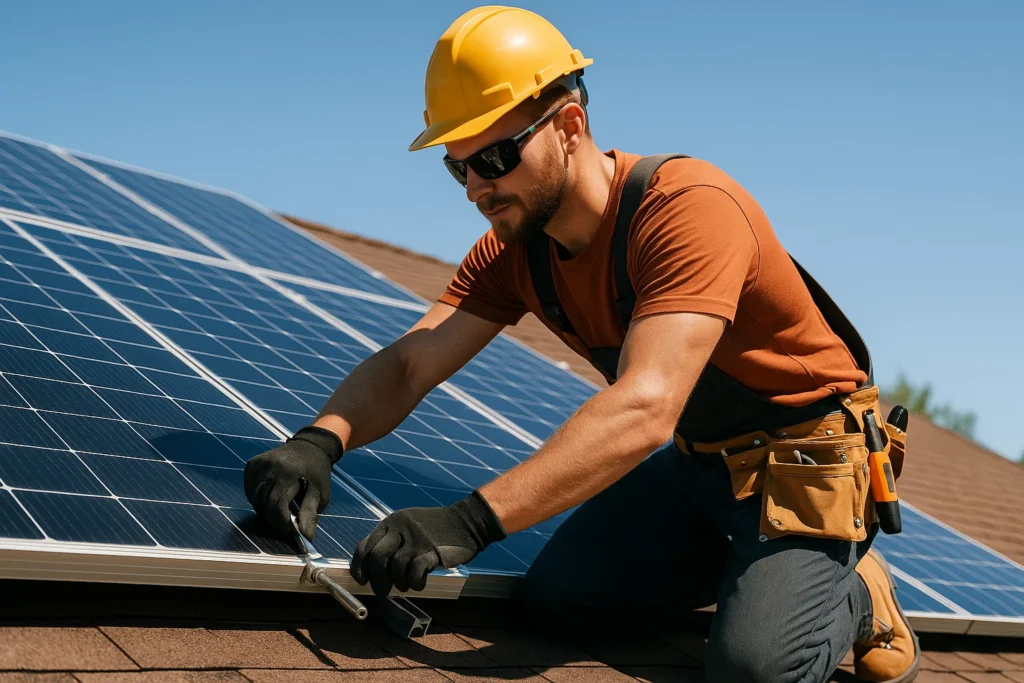
Understanding The Best Angle For Solar Panels
Importance of Solar Panel Angle
Getting the angle right for your solar panels is super important if you want to make the most energy. The angle directly affects how much sunlight your panels can grab, and more sunlight means more power for you. It’s not a one-size-fits-all thing, though. The best angle changes depending on where you live and even what time of year it is. Think of it like aiming a flashlight – you need to point it right at what you want to light up. Same deal with solar panels and the sun. Understanding optimal solar panel tilt for energy efficiency is key to maximizing your investment.
How Angle Affects Energy Production
The angle of your solar panels is a big deal when it comes to how much energy they produce. If the angle is off, you’re basically leaving energy on the table. When sunlight hits the panels directly, that’s when they work best. The further off the angle is, the less efficient they become. It’s all about maximizing that direct sunlight. This is why knowing how to calculate the best angle for solar panels at your location is so important.
Seasonal Adjustments for Optimal Performance
The sun’s path changes throughout the year, so what works in the summer won’t necessarily work in the winter. In the summer, the sun is higher in the sky, so you want a flatter angle. In the winter, the sun is lower, so you need a steeper angle to catch those rays. Some people adjust their panels a few times a year to keep them working their best. It’s a bit of work, but it can really pay off. Think about optimal tilt for solar panels in winter and summer 2025.
Adjusting your solar panels for the seasons can really boost your energy production. It’s like giving them a little tune-up to keep them running smoothly all year long. It might seem like a hassle, but the extra energy you get makes it worth the effort.
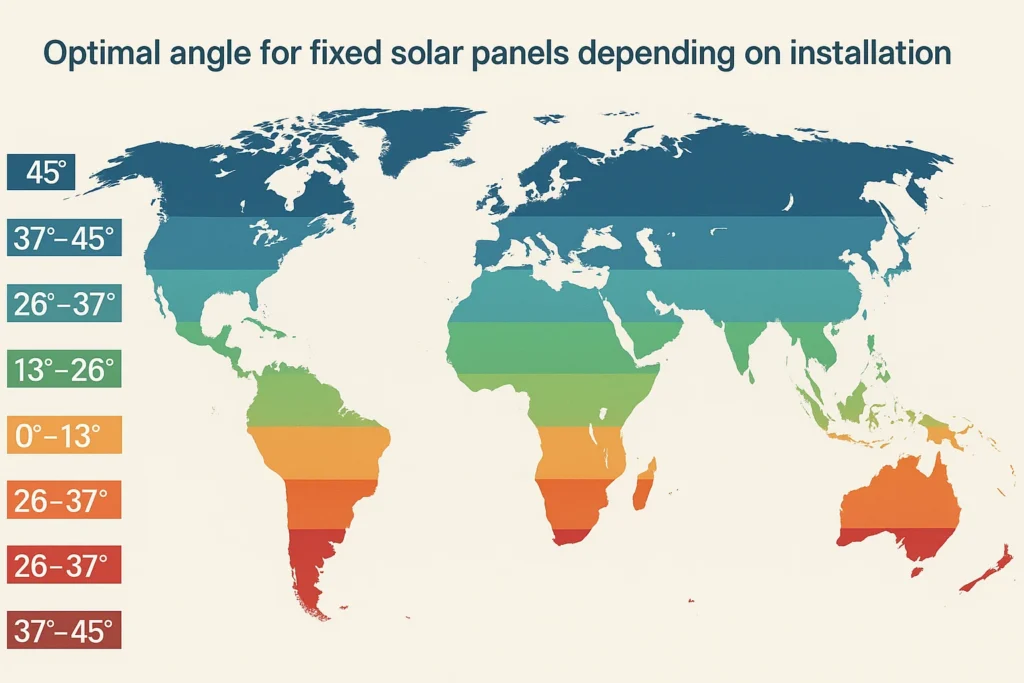
Factors Influencing The Best Angle For Solar Panels
Geographic Location
Where you live matters a lot! The latitude of your location is super important for figuring out the best angle for your solar panels. Generally, you want to angle your panels to match your latitude. This helps them grab the most sunlight all year round, since it accounts for how the sun moves across the sky. It’s like setting up a satellite dish – you need to point it just right!
Roof Pitch and Structure
Your roof’s angle and how it’s built also play a big role. If you have a steep roof, it might already be close to the ideal angle. But if your roof is pretty flat, you might need extra mounting stuff to get the right tilt. Making sure everything is installed safely is key, so the panels can catch as much sunlight as possible. Think of it like this: you want your panels to be like sunflowers, always facing the sun. You might need to consider energy options for isolated homesteads if your roof isn’t ideal.
Seasonal Sun Path Variations
The sun’s path changes with the seasons, which means you might want to adjust your panels a few times a year. In the winter, the sun is lower, so you’ll want a steeper angle. In the summer, the sun is higher, so a flatter angle works better. Some systems let you adjust the angle manually or even automatically, which can really boost your energy production. It’s all about finding that sweet spot for [fixed vs adjustable solar panel tilt for maximum energy output].
Getting the angle right can really make a difference in how much power you get from your solar panels. It’s not a one-size-fits-all thing, so taking these factors into account is worth the effort.
Maximizing Energy Efficiency Through Angle Adjustments
Benefits of Adjustable Mounts
Adjustable mounts are a game-changer for solar panel efficiency. Instead of being stuck with a fixed angle, these mounts let you tweak the panel’s position to better catch the sun’s rays throughout the year. This flexibility can significantly boost your energy production, especially in areas with distinct seasons. Think of it like adjusting a sail to catch the wind – the right angle makes all the difference. Plus, they’re not as expensive as you might think, and the increased energy generation often pays for the upgrade over time.
Manual vs. Automatic Adjustments
Okay, so you’ve got adjustable mounts. Now what? You have two main options: manual or automatic adjustments. Manual adjustments mean you physically change the angle a few times a year (think spring, summer, fall, winter). It’s a bit of work, but it’s cheap. Automatic adjustments, on the other hand, use fancy sensors and motors to constantly track the sun. They’re more expensive upfront, but they maximize energy production with minimal effort. Here’s a quick comparison:
| Feature | Manual Adjustments | Automatic Adjustments |
|---|---|---|
| Cost | Lower | Higher |
| Effort | Higher | Lower |
| Energy Production | Good | Excellent |
| Complexity | Simple | Complex |
Impact of Seasonal Changes
Seasonal changes have a HUGE impact on solar panel performance. The sun’s path shifts throughout the year, meaning the optimal angle in summer is different from the optimal angle in winter. For example, in the UK, the optimal angle for solar panels is approximately 40 degrees from horizontal. If you don’t adjust your panels, you’re leaving energy on the table.
Failing to account for seasonal changes is like wearing shorts in the winter – you might survive, but you won’t be very comfortable (or efficient). Adjusting your panels seasonally ensures you’re always capturing the maximum amount of sunlight, leading to higher energy production and greater savings. It’s a simple step that can make a big difference.
Here’s why seasonal adjustments are important:
- Maximize sunlight capture year-round.
- Increase overall energy production.
- Reduce reliance on the grid during peak seasons.
- Extend the lifespan of your solar panels by optimizing their operating conditions.
Innovative Technologies Enhancing Solar Panel Performance
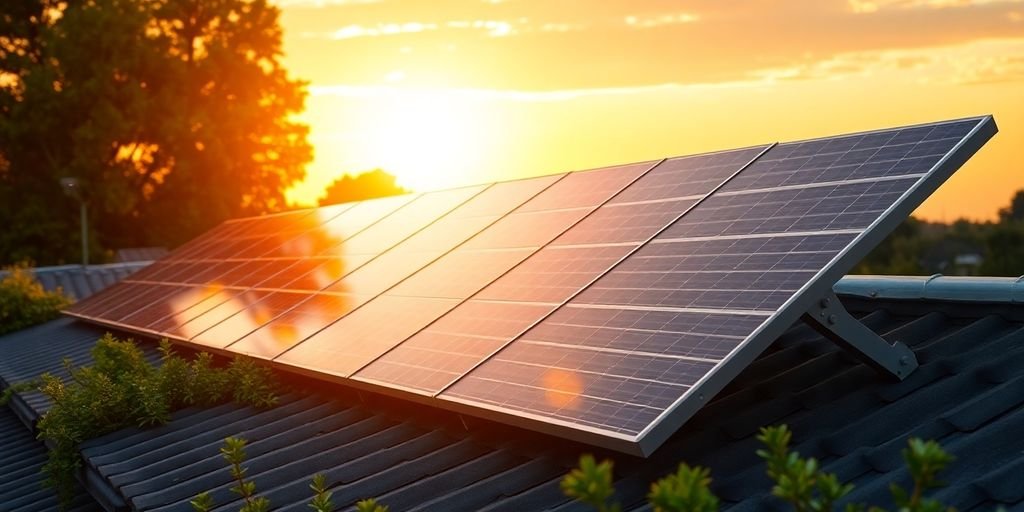
Smart Inverters
Smart inverters are changing the game for solar panel systems. Instead of just converting DC to AC, they come packed with features that maximize energy efficiency. They can optimize voltage, frequency, and even shut down remotely for safety. Plus, they often include monitoring capabilities, so you can keep an eye on your system’s performance from your phone or computer. It’s like having a mini-control center for your solar setup.
Solar Tracking Systems
Solar tracking systems are pretty cool. They automatically adjust the angle of your solar panels throughout the day to follow the sun’s path. This means your panels are always getting the maximum amount of sunlight, which can significantly boost energy production. There are two main types: single-axis trackers, which move in one direction, and dual-axis trackers, which move in two directions for even greater precision.
- Increased energy yield compared to fixed panels
- Suitable for large-scale installations
- Higher initial cost but better long-term returns
Bifacial Panels
Bifacial panels are designed to capture sunlight from both sides. The front side works like a regular solar panel, while the back side captures sunlight reflected off the ground or other surfaces. This can increase energy production by up to 30%, depending on the installation and surrounding environment. They’re especially effective when installed on surfaces with high reflectivity, like white roofs or sandy ground.
Bifacial panels are becoming increasingly popular because they offer a simple way to get more power without needing more space. They’re a bit more expensive upfront, but the extra energy they generate can make them worth it in the long run.

Common Misconceptions About Solar Panel Angles
Flat Roof Installations
One big misunderstanding is that solar panels on flat roofs can just lie flat too. While technically possible, it’s far from ideal. Flat installations miss out on a lot of potential sunlight capture. You’ll almost always need some kind of angled mounting systems to get the most out of your panels. Think of it like this: you wouldn’t lie flat on the beach to get a tan, would you? You’d angle yourself towards the sun!
Optimal Angles for Cloudy Days
People often assume there’s one perfect angle for solar panels, period. But that’s not true! The ideal angle changes depending on whether it’s sunny or cloudy. On sunny days, matching the angle to your latitude is a good rule of thumb. However, on cloudy days, the best angle is closer to zero because clouds diffuse sunlight across the entire sky. It’s a tricky balance, but here’s a few things to keep in mind:
- Consider your local climate. If you live in a place with lots of sunny days, optimizing for direct sunlight makes sense.
- If it’s often cloudy, a flatter angle might be better overall.
- Remember that direction is often more important than angle.
It’s easy to get caught up in finding the absolute perfect angle, but don’t stress too much. Factors like shading, roof size, and local electricity prices often have a bigger impact on your solar savings.
Steeper Angles for Winter Production
There’s a common belief that you need super steep angles in the winter to maximize solar production. While it’s true the sun is lower in the sky during winter, cranking your panels to an extreme angle isn’t always the answer. In fact, some experts suggest that the increase in electricity production rarely justifies the extra cost of installation. You might be better off just installing more solar panels if you have the space. East-west facing roofs can also work well for solar, too.
Best Practices for Solar Panel Installation
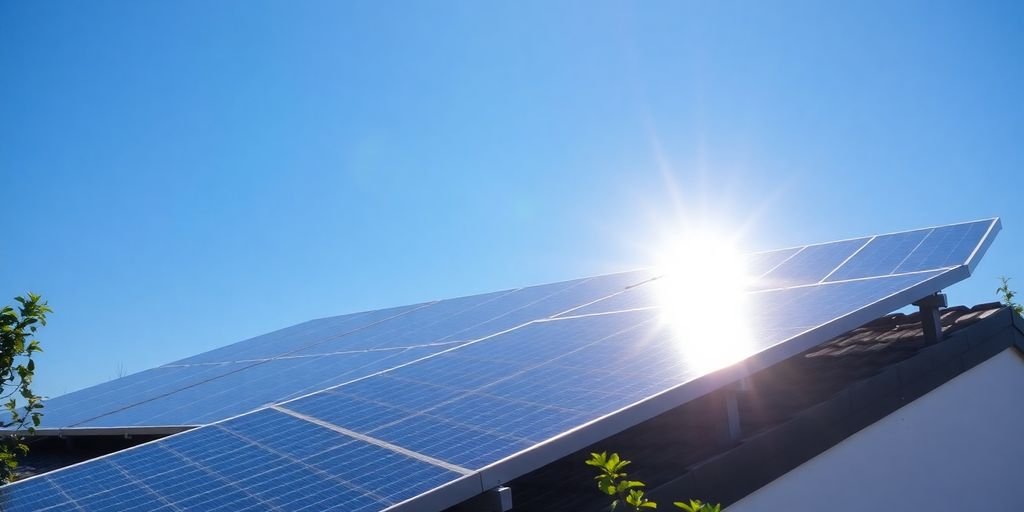
Choosing the Right Location
Okay, so you’re thinking about solar panels. Awesome! First things first: location, location, location. It’s not just about slapping panels on any old roof. You need to think about sunlight. An ideal roof is south-facing, with a slope of 30 to 45 degrees, ample open space, and minimal shading during the day. Seriously, shading is a killer. Trees, buildings, even that big chimney can mess with your energy production. If parts of your roof are shaded, your installer might suggest leaving those areas open or using higher-efficiency panels in the sunny spots.
- Assess shading throughout the day.
- Consider roof orientation and angle.
- Evaluate structural integrity of the roof.
Professional Installation Tips
Don’t be a hero. Unless you’re a qualified electrician and roofer, leave the installation to the pros. A professional installation ensures safety, efficiency, and compliance with local regulations. They’ll know how to properly mount the panels, wire everything up, and connect it to your electrical system. Plus, they can handle any unexpected issues that might pop up. Trust me, it’s worth the investment.
- Verify installer credentials and insurance.
- Get multiple quotes and compare.
- Review the installation plan thoroughly.
I remember when my neighbor tried to install his own solar panels. He ended up with a leaky roof, a tangled mess of wires, and a very unhappy wife. Save yourself the headache and hire a professional.
Permitting and Regulations
Ugh, paperwork. But it’s gotta be done. Before you even think about installing those panels, check your local permitting and regulations. You’ll likely need permits for electrical work and structural modifications. Your installer should be able to guide you through this process, but it’s always good to be informed. Make sure everything is up to code to avoid fines or delays. It’s a pain, but it’s better than dealing with the consequences later. Understanding local electricity rates is also important.
- Research local building codes and regulations.
- Obtain necessary permits before installation.
- Ensure compliance with electrical codes.
Comparing Different Types of Solar Panels
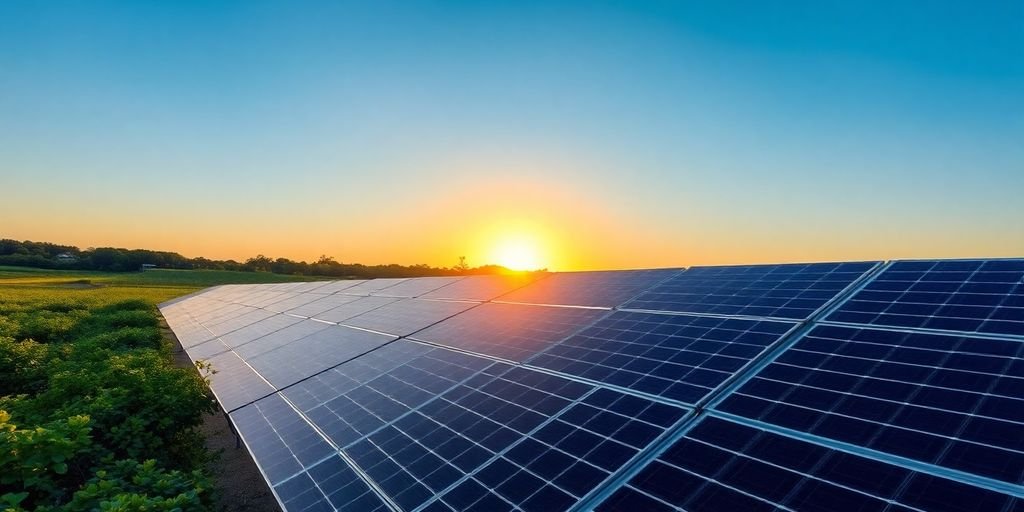
Monocrystalline vs. Polycrystalline
Okay, so you’re thinking about solar panels, right? The first big choice is usually between monocrystalline and polycrystalline. Monocrystalline panels? They’re the sleek, black ones. They’re made from a single crystal of silicon, which makes them more efficient. Polycrystalline panels are the blue-ish ones, made from a bunch of silicon fragments melted together. They’re cheaper, but not quite as efficient.
Think of it like this:
| Feature | Monocrystalline | Polycrystalline |
|---|---|---|
| Silicon Type | Single Crystal | Multiple Crystal Fragments |
| Efficiency | Higher | Lower |
| Appearance | Black | Blue-ish |
| Cost | More Expensive | Less Expensive |
Thin-Film Technology
Then you’ve got thin-film solar panels. These are totally different. Instead of silicon crystals, they use other materials like cadmium telluride or amorphous silicon. The cool thing about thin-film is that it’s flexible. You can stick it on curved surfaces, which is awesome. The downside? You need way more space to get the same amount of power compared to monocrystalline panels. They’re also generally less efficient, but the price can be attractive for large-scale projects.
Thin-film panels are interesting because they open up possibilities for integrating solar power into things you wouldn’t normally think of, like building materials or even clothing. It’s still a developing area, but it has a lot of potential.
Efficiency Ratings
Efficiency ratings are super important. It’s basically a percentage that tells you how much of the sunlight hitting the panel gets turned into electricity. The higher the number, the better. A high solar panel efficiency means you can get more power from a smaller area. When you’re comparing panels, always check the efficiency rating. It’s one of the best ways to see which one gives you the most bang for your buck. Also, keep in mind that panels lose a little efficiency over time, usually less than 1% a year. So, a panel with a great warranty is a plus.
Here’s a quick rundown:
- Monocrystalline: Generally the most efficient. Great for limited roof space.
- Polycrystalline: Good balance of cost and efficiency. A solid choice for many homes.
- Thin-Film: Least efficient, but flexible and potentially cheaper for large areas.
Calculating Energy Savings from Solar Systems
Understanding Local Electricity Rates
To really figure out how much you’ll save, you need to know what you’re currently paying for electricity. Check your past bills to see what your rate is per kilowatt-hour (kWh). Rates can change depending on the time of day or the season, so it’s good to have a solid average. This number is your baseline. Without knowing your local electricity rates, it’s hard to estimate savings accurately.
Estimating Production Based on Angle
Okay, so you’ve got your electricity rate. Now, how much juice will your solar panels actually make? This is where the angle comes in. The angle of your panels affects how much sunlight they catch. A good angle for summer might not be so hot in winter. There are online calculators that can help you estimate production based on your location, panel size, and angle. These calculators usually take into account things like shading and weather patterns.
- Panel Size (kW)
- Sunlight Hours (daily average)
- Panel Efficiency (%)
Time-of-Use Rates
Some utility companies have time-of-use (TOU) rates, meaning electricity costs more during peak hours (like when everyone gets home from work and cranks up the AC) and less during off-peak hours. If you have TOU rates, you can maximize your savings by using more solar power during those expensive peak times. A solar battery backup can store energy generated during the day and release it during peak hours, further reducing your bill.
It’s worth noting that the actual savings can vary. Weather, panel degradation over time, and unexpected energy usage can all impact the final numbers. It’s always a good idea to overestimate your energy needs and underestimate your savings to avoid disappointment. Also, don’t forget to factor in any potential maintenance costs for your system.
Future Trends in Solar Panel Technology

Emerging Solar Innovations
Solar tech is moving fast! We’re seeing some really cool stuff on the horizon. One of the most exciting areas is the development of new materials. Perovskite solar cells, for example, are showing huge promise because they could be cheaper to make and even more efficient than traditional silicon panels. Tandem cells, which combine different materials to capture more of the solar spectrum, are also gaining traction. It’s not just about the cells themselves, either. New ways to store energy, like advanced batteries, are becoming more important as we rely more on solar power. These innovations will help make solar energy more accessible and reliable for everyone. Keep an eye on emerging trends in the coming years.
Sustainability in Solar Manufacturing
It’s not enough for solar panels to just produce clean energy; we also need to make sure they’re made in a sustainable way. There’s a growing focus on reducing the environmental impact of solar panel manufacturing. This means using less energy and water in the production process, as well as finding ways to recycle old panels. Companies are starting to look at using more eco-friendly materials and reducing waste. The goal is to create a circular economy where solar panels can be reused or recycled at the end of their life, rather than ending up in landfills. This is a big deal for making solar truly sustainable. Here’s a quick look at some key areas:
- Reduced energy consumption during manufacturing
- Use of recycled materials
- Improved recycling processes for end-of-life panels
Solar panel production is becoming more sustainable, with manufacturers focusing on reducing waste and using eco-friendly materials. This shift is essential for ensuring that solar energy remains a truly clean and renewable energy source.
Government Incentives for Solar Adoption
Governments around the world are playing a big role in encouraging people to switch to solar. They’re doing this through a bunch of different incentives, like tax credits, rebates, and grants. These programs can make solar panels much more affordable for homeowners and businesses. Plus, some governments are setting targets for renewable energy and offering support for large-scale solar projects. These policies help create a stable market for solar and encourage innovation. It’s worth checking out what local electricity rates are and what incentives are available in your area if you’re thinking about going solar. The incentives can really make a difference in the overall cost and payback period.
Environmental Impact of Solar Energy
Reducing Carbon Footprint
Switching to solar energy is a big deal when it comes to shrinking your carbon footprint. Solar panels don’t release greenhouse gases while making electricity, unlike power plants that burn fossil fuels. This means cleaner air and a step toward slowing down climate change. It’s a win-win for you and the planet.
Benefits of Renewable Energy
Renewable energy, like solar, offers a bunch of advantages.
- First, it’s sustainable. The sun isn’t going anywhere, so we won’t run out of it.
- Second, it helps us become less reliant on foreign oil and other fuels.
- Third, it can create jobs in manufacturing, installation, and maintenance.
Solar energy is a game-changer. It’s not just about saving money on your electricity bill; it’s about creating a healthier, more sustainable world for future generations. By choosing solar, you’re making a statement that you care about the environment and are willing to invest in a cleaner future.
Community Solar Projects
Community solar projects are popping up everywhere, and they’re a great way for people who can’t install panels on their own roofs to still get in on the action. These projects involve a shared solar array, where multiple households or businesses can buy into the system and receive credit on their electricity bills for their share of the power produced. It’s a cool way to make solar adoption more accessible to everyone.
Personalizing Your Solar Panel System
Custom Design Considerations
Okay, so you’re thinking about solar. Awesome! But here’s the thing: every house is different. What works for your neighbor might not be the best for you. That’s where custom design comes in. Think about it – your roof’s size, its direction, even the trees around your place all play a part. A good installer will look at all these things before suggesting a system.
- What direction does your roof face?
- How much shade do you get?
- What’s your average energy usage?
These are the questions they’ll ask. Also, if you’re planning on getting an electric car or adding a pool, tell them! That’ll change how much power you need. They might suggest higher efficiency solar panels to maximize output in a limited space.
Free Project Quotes
Alright, let’s talk money. Getting a few quotes is super important. Don’t just jump at the first offer you see. Different companies have different prices, different panels, and different warranties. Get at least three quotes, compare them carefully, and read the fine print. Make sure you understand what’s included. Is it just the panels, or does it include installation, permits, and all that other stuff?
A free project quote should give you a detailed breakdown. Also, ask about financing options. Some companies offer loans or leases, which can make it easier to get started. Remember to ask about any potential tax credits or rebates you might be eligible for. These can significantly reduce the overall cost of your system. It’s a big investment, so do your homework!
Consulting with Experts
Seriously, talk to someone who knows their stuff. Solar can be complicated, and you don’t want to make a mistake. A good consultant can answer all your questions, explain the different types of panels, and help you figure out the best system for your needs. They can also help you understand the number of solar panels you’ll need and how they’ll be arranged on your roof.
They can also assess your energy usage and help you determine the right size system to offset your electricity bills. Don’t be afraid to ask questions, even if they seem dumb. It’s better to be informed than to regret your decision later. Plus, a good consultant will be up-to-date on the latest technology and government incentives, so they can help you get the most out of your investment.
Getting solar panels is a big decision, and it’s easy to feel overwhelmed. Take your time, do your research, and don’t be afraid to ask for help. With the right planning and the right team, you can create a solar system that meets your needs and saves you money for years to come.
Wrapping It Up: Finding the Right Angle for Your Solar Panels
So, there you have it. Figuring out the best angle for your solar panels isn’t just about slapping them on the roof and calling it a day. It’s about understanding your location, the seasons, and how the sun moves across the sky. Whether you go for a tilt that matches your latitude or adjust it throughout the year, every little bit helps in capturing more sunlight. Plus, keeping your panels clean and well-maintained can make a big difference too.
In 2025, with all the new tech out there, you can really boost your energy output. Just remember, the right angle can lead to better efficiency, lower energy bills, and a smaller carbon footprint. So, take the time to get it right, and you’ll reap the benefits for years to come.
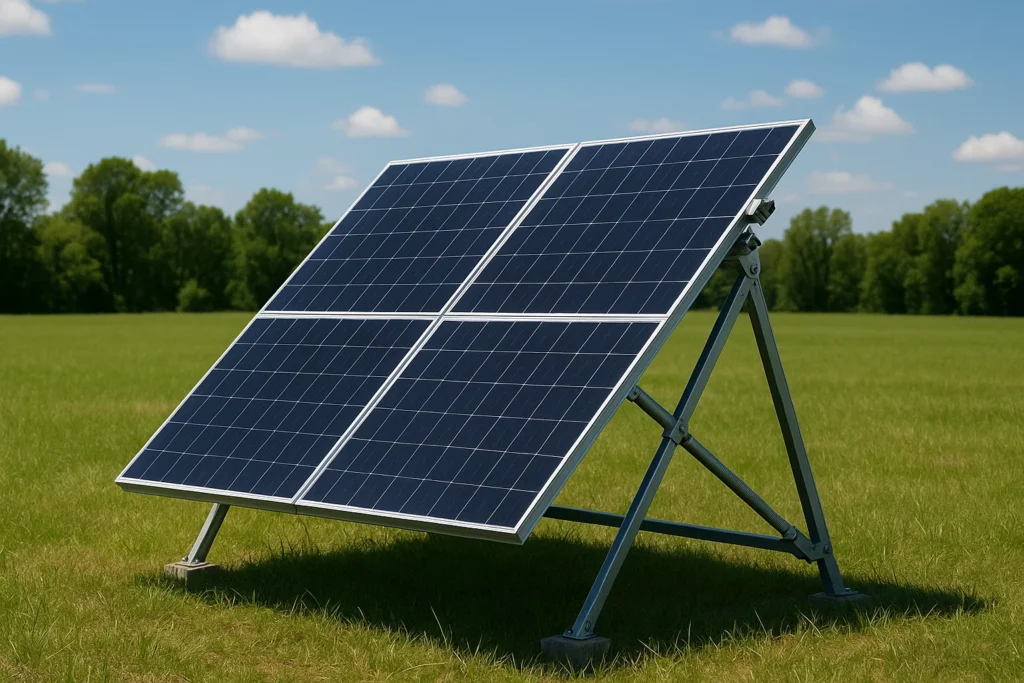
Frequently Asked Questions
What angle should my solar panels be installed at?
The best angle for solar panels is usually between 30 and 45 degrees, depending on where you live. This helps them catch the most sunlight throughout the year.
Which direction should solar panels face?
Solar panels should ideally face true south in the northern hemisphere. This direction helps them get the most sunlight during the day.
Does the sun’s position affect how much energy solar panels produce?
Yes, the angle of the sun changes throughout the day and year. Solar panels work best when the sun is directly overhead, usually around noon.
Can I install solar panels flat on my roof?
You can, but it’s not the best option for efficiency. Flat roofs may need angled mounts to help the panels catch more sunlight.
What are the benefits of adjusting the angle of solar panels?
Adjusting the angle of solar panels can help increase energy production, especially in different seasons when the sun’s path changes.
How can I maintain my solar panels for better performance?
Keep your solar panels clean and check for any shading from trees or buildings. Regular maintenance helps them work at their best.
What new technologies are improving solar panel performance?
New technologies like smart inverters and solar trackers help solar panels capture more sunlight throughout the day.
Is it worth it to invest in solar panels?
Yes, solar panels can help you save on electricity bills and reduce your carbon footprint, making them a good investment for the environment and your wa

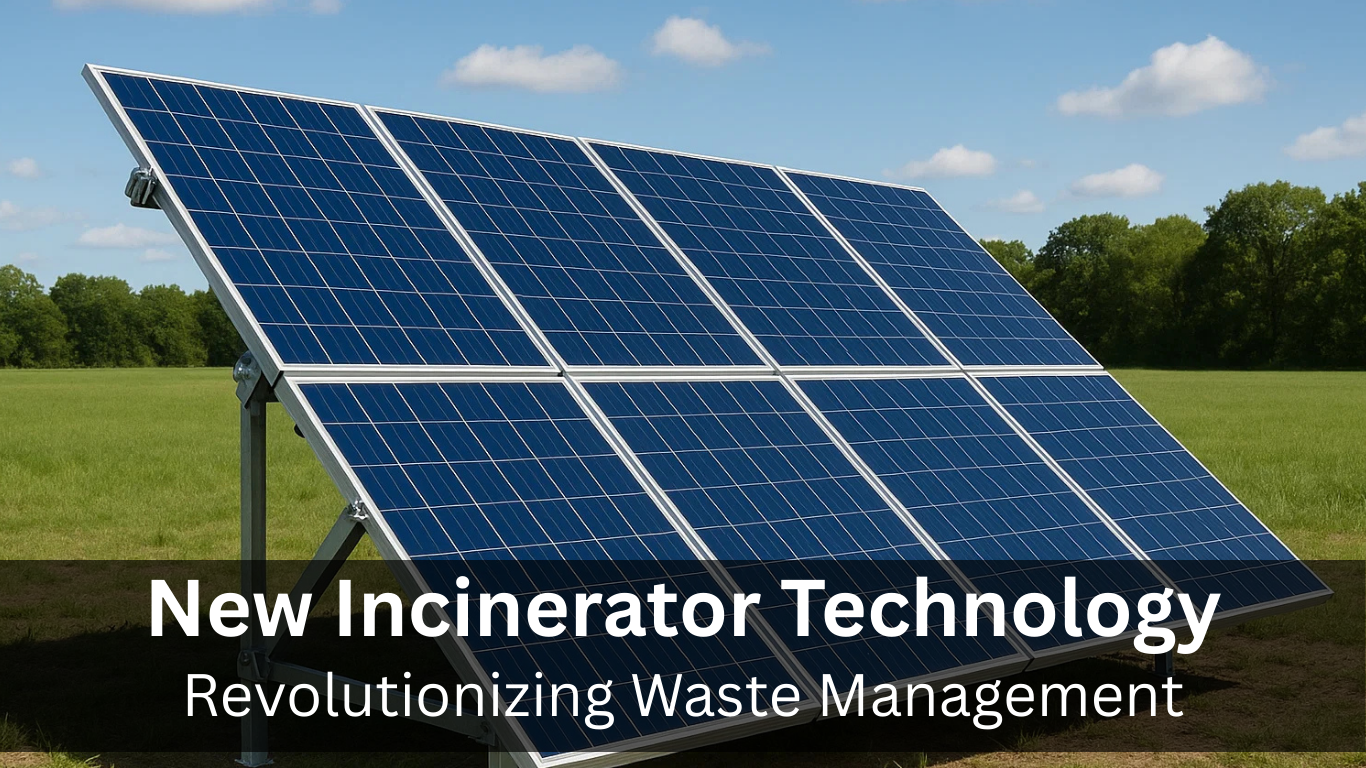
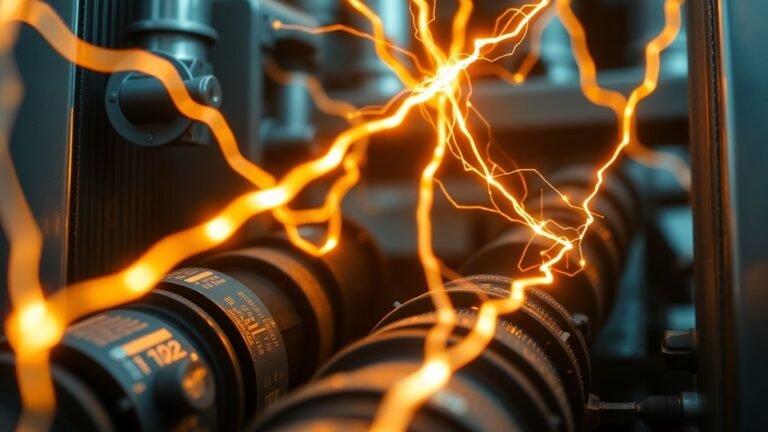
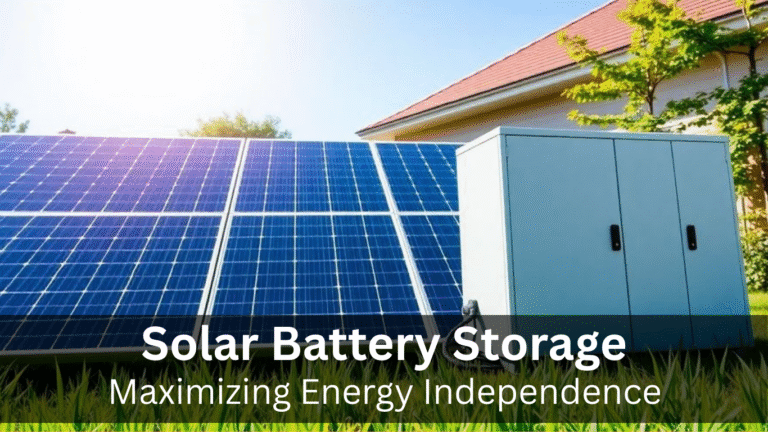
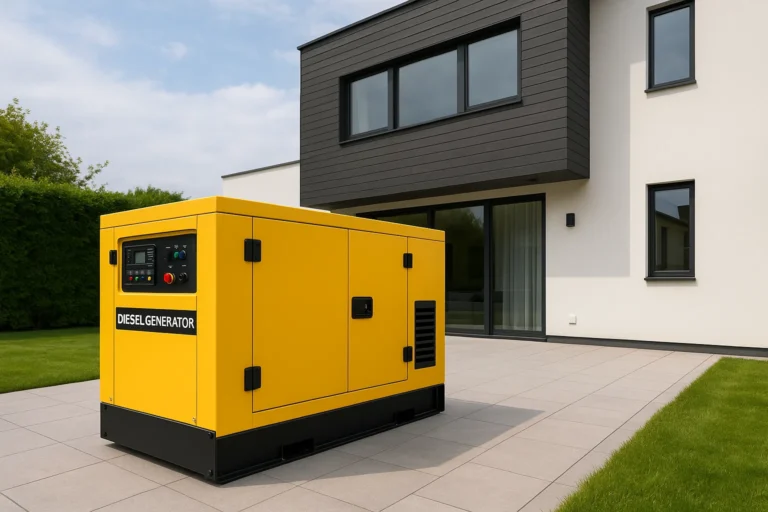




2 Comments